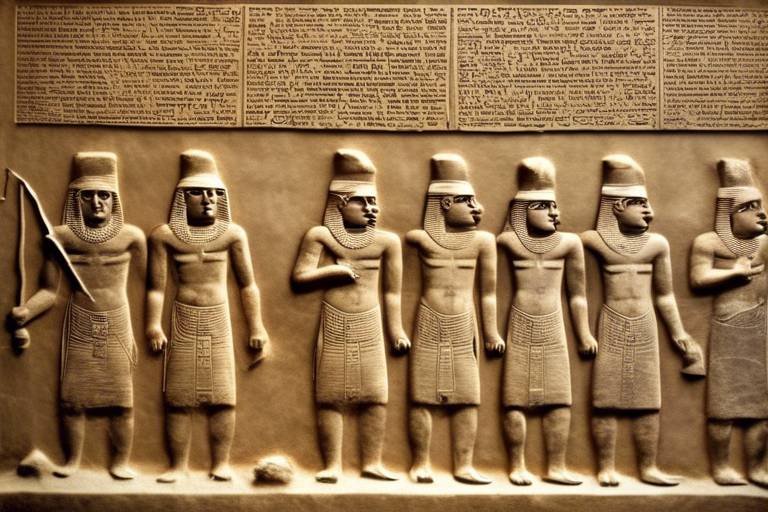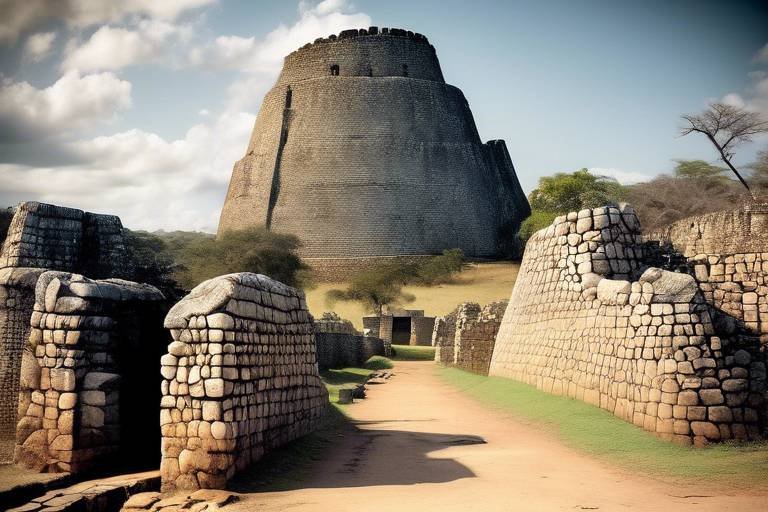The Enigma of the Lost City of Angkor Wat
Angkor Wat, the enigmatic lost city nestled in the heart of Cambodia, stands as a testament to the ingenuity and grandeur of ancient civilizations. This UNESCO World Heritage site has puzzled archaeologists and historians for centuries, shrouded in mystery and intrigue that continue to captivate the imagination of all who gaze upon its majestic ruins.
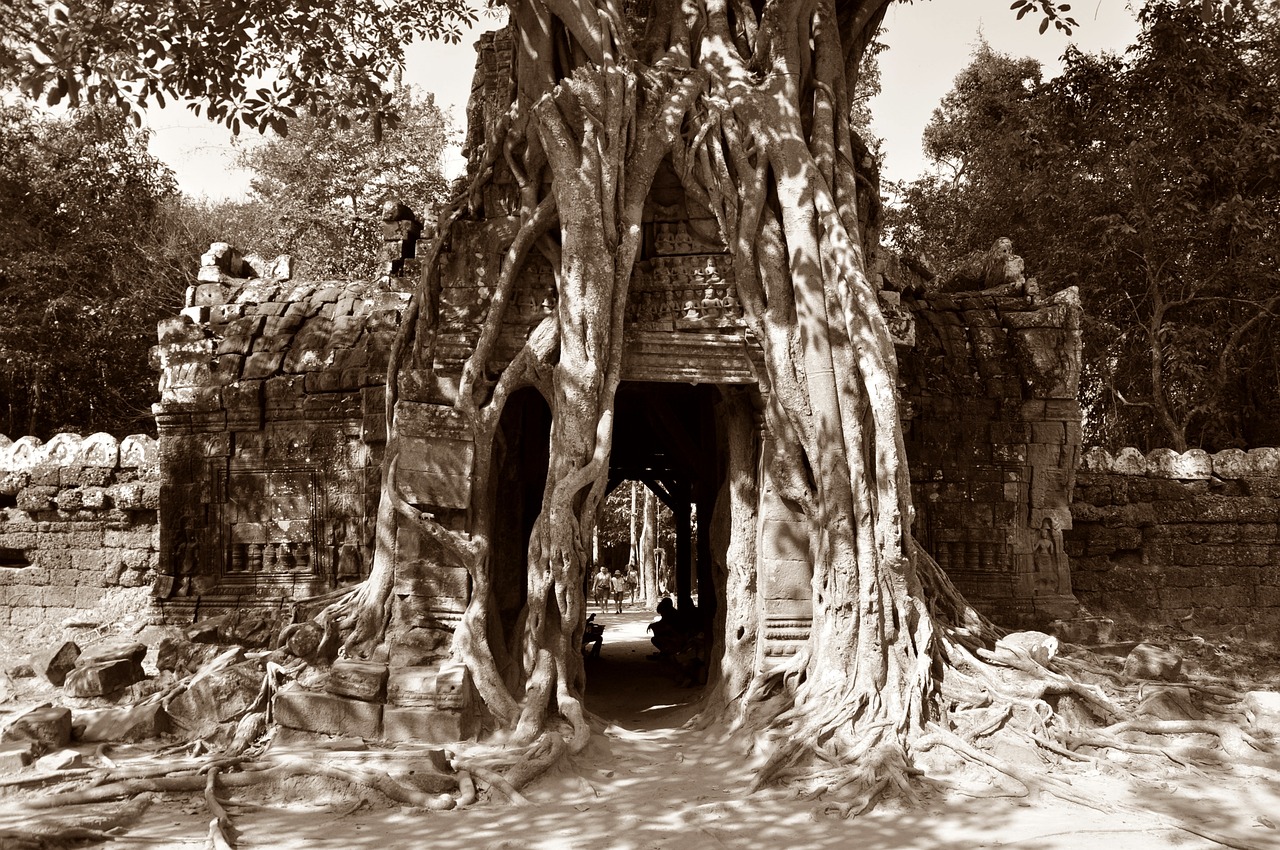
History of Angkor Wat
Exploring the mysteries and historical significance of the ancient city of Angkor Wat, a UNESCO World Heritage site in Cambodia that continues to captivate archaeologists and historians worldwide.
Delving into the origins, construction, and evolution of Angkor Wat, the largest religious monument in the world, built in the early 12th century by the Khmer Empire.
Angkor Wat stands as a testament to the grandeur and architectural prowess of the Khmer civilization. Its construction began in the early 12th century under the reign of King Suryavarman II, who dedicated this monumental temple to the Hindu god Vishnu. The sprawling complex spans over 400 acres and is surrounded by a vast moat, symbolizing the cosmic ocean.
The intricate bas-reliefs adorning the walls of Angkor Wat narrate ancient myths and historical events, providing a glimpse into the cultural and religious beliefs of the Khmer people. The temple's layout reflects the Hindu cosmology, with its central tower symbolizing the mythical Mount Meru, the center of the universe.
Despite its initial Hindu roots, Angkor Wat gradually transformed into a Buddhist site over the centuries, showcasing the religious harmony and cultural evolution of the Khmer Empire. Its architectural splendor and spiritual significance continue to awe visitors and researchers alike, offering a window into Cambodia's rich past.
The grandeur of Angkor Wat endured centuries of neglect and natural wear until its rediscovery in the 19th century by French explorer Henri Mouhot. The overgrown ruins captured the imagination of the Western world, sparking a renewed interest in Khmer history and prompting restoration efforts to preserve this ancient marvel for future generations.
The history of Angkor Wat is a tapestry woven with threads of innovation, devotion, and resilience, reflecting the enduring legacy of one of the world's most remarkable architectural wonders.
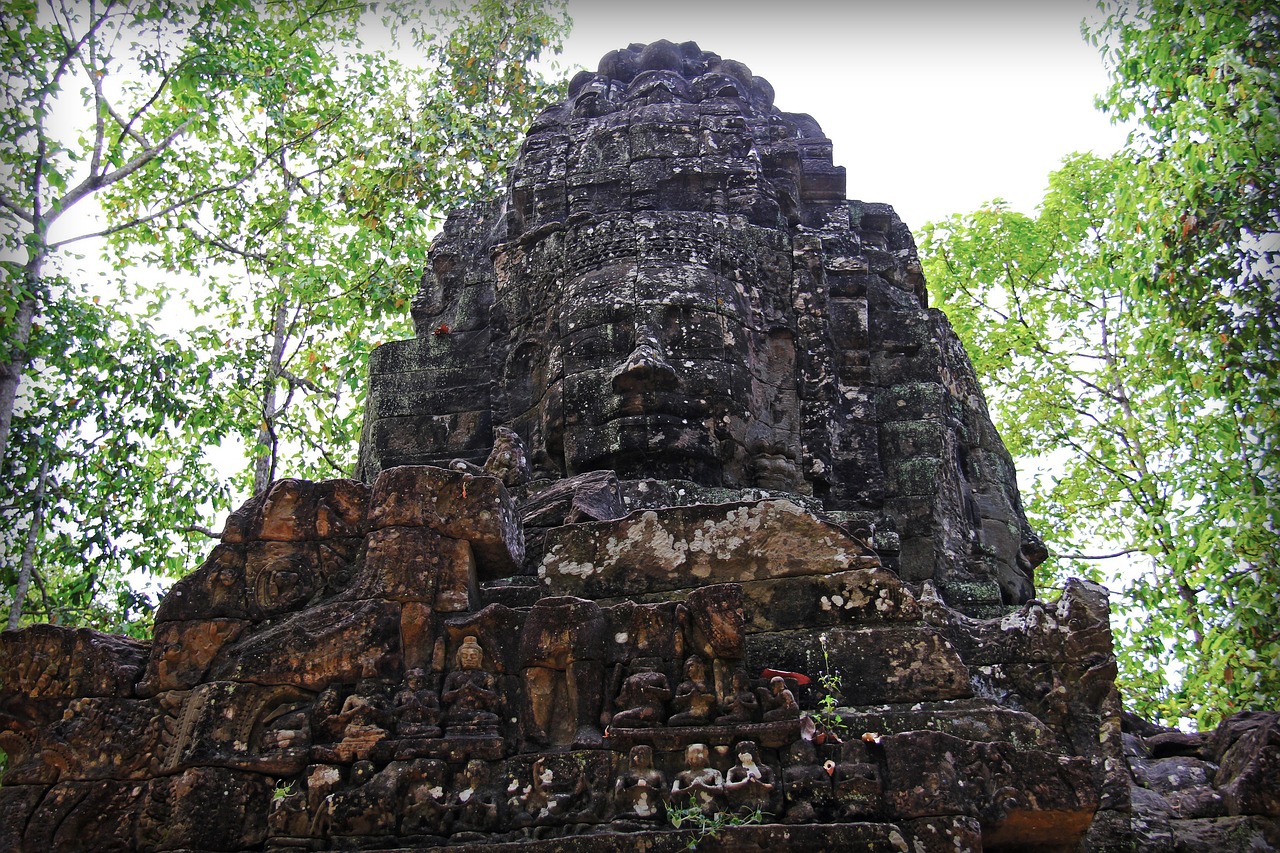
Architectural Marvels
Angkor Wat stands as a testament to the architectural genius of the ancient Khmer Empire, showcasing a blend of Hindu and Buddhist influences in its design. The sprawling complex is adorned with intricate bas-reliefs, towering spires, and elaborate celestial motifs, all meticulously crafted to convey spiritual and symbolic meanings.
The iconic towers of Angkor Wat rise majestically towards the sky, symbolizing the connection between the earthly and the divine. Each tower is intricately carved with divine figures and mythological scenes, reflecting the religious beliefs of the Khmer civilization and their reverence for the celestial realm.
The bas-reliefs adorning the walls of Angkor Wat depict scenes from Hindu epics such as the Ramayana and the Mahabharata, immortalizing ancient mythological narratives in stone. These intricate carvings serve as a visual library, offering insights into the rich cultural tapestry of the Khmer people and their spiritual worldview.
The architectural marvels of Angkor Wat also include its precise alignment with celestial phenomena, such as the spring equinox and the summer solstice. The layout of the temple complex reflects a deep understanding of astronomy and cosmology, underscoring the advanced knowledge and engineering skills of the Khmer architects.
Moreover, Angkor Wat boasts a sophisticated water management system comprising moats, canals, and reservoirs that sustained the city and supported its agricultural activities. This engineering feat not only ensured the prosperity of the ancient capital but also demonstrated the Khmer's ingenuity in harnessing natural resources for their civilization's benefit.

Lost and Rediscovered
Angkor Wat, the magnificent ancient city nestled in the jungles of Cambodia, was once lost to the world, hidden beneath layers of vegetation and time. The grandeur of this architectural marvel remained shrouded in mystery until the 19th century when French explorers stumbled upon its overgrown ruins, sparking a wave of fascination and awe.
The journey of rediscovering Angkor Wat unveiled a world frozen in time, with intricate stone carvings and towering spires standing as silent witnesses to a bygone era. The sheer scale and beauty of the temple complex left explorers and historians astounded, igniting a quest to unravel the secrets held within its weathered walls.
As the sun-dappled stones of Angkor Wat emerged from the shadows of obscurity, restoration efforts began to preserve this cultural gem for future generations. The delicate balance between conservation and exploration became a focal point, ensuring that the essence and spirit of Angkor Wat were safeguarded amidst the encroaching modern world.
The rediscovery of Angkor Wat not only unearthed a lost city but also reignited interest in the rich tapestry of Cambodian history and heritage. The enigmatic allure of this ancient site continues to draw visitors from around the globe, each seeking to unravel the mysteries woven into the very fabric of Angkor Wat's existence.
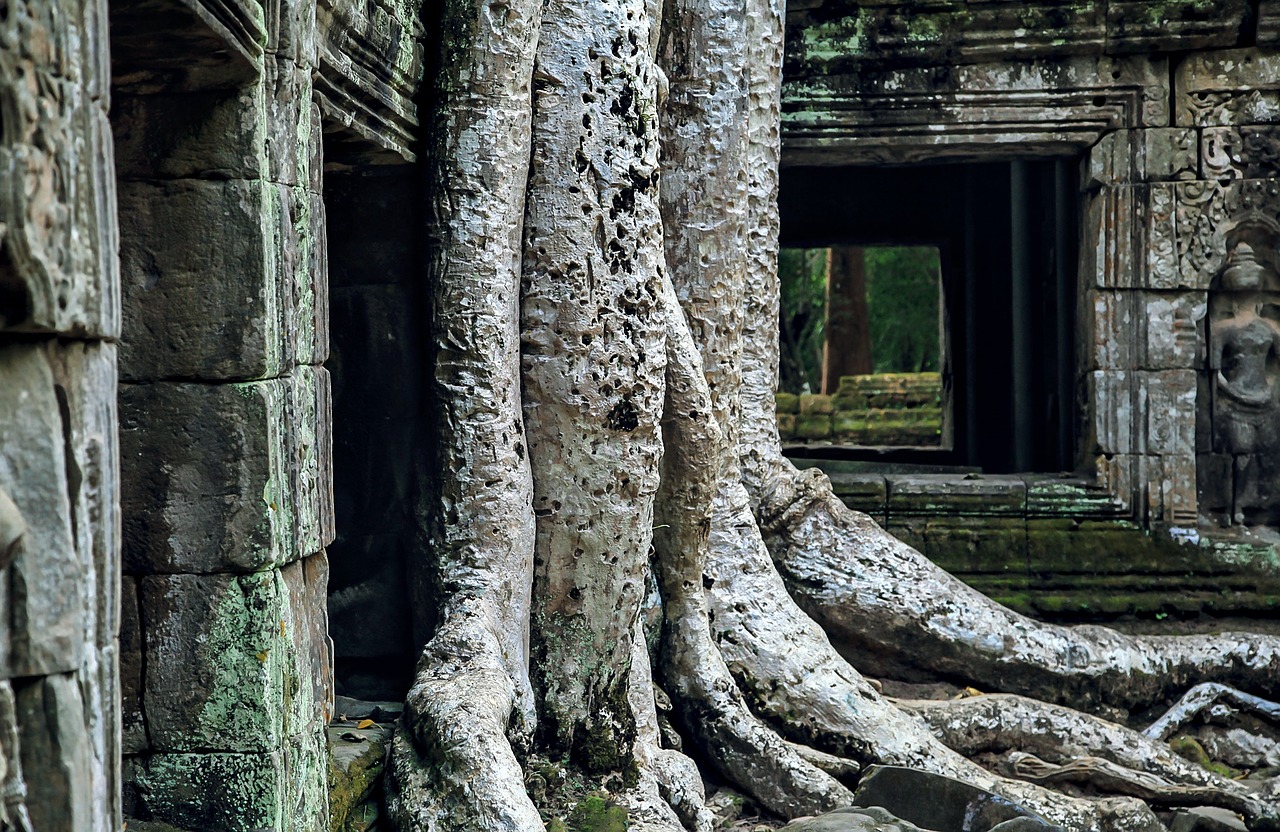
Cultural Significance
Angkor Wat holds immense cultural significance to the Khmer people, serving as a testament to their rich heritage and spiritual beliefs. This ancient city is not merely a collection of ruins but a living symbol of Cambodia's national identity and pride. The intricate carvings and architectural grandeur of Angkor Wat reflect the fusion of Hindu and Buddhist influences, showcasing the diverse cultural tapestry of the Khmer civilization.
The spiritual importance of Angkor Wat is deeply rooted in the religious practices of the Khmer people. As a sacred site dedicated to the worship of deities and celestial beings, Angkor Wat served as a center for religious ceremonies, rituals, and pilgrimage. The intricate bas-reliefs and sculptures depicting Hindu epics and mythological narratives offer a glimpse into the spiritual beliefs and mythos of the Khmer civilization, showcasing their reverence for divine beings and ancient legends.
Furthermore, Angkor Wat plays a pivotal role in shaping Cambodia's cultural landscape and national consciousness. The preservation and promotion of Angkor Wat as a UNESCO World Heritage site not only highlight its historical significance but also underscore the importance of safeguarding cultural treasures for future generations. The site's inclusion in the national flag of Cambodia symbolizes the enduring legacy of Angkor Wat as a beacon of cultural pride and unity.
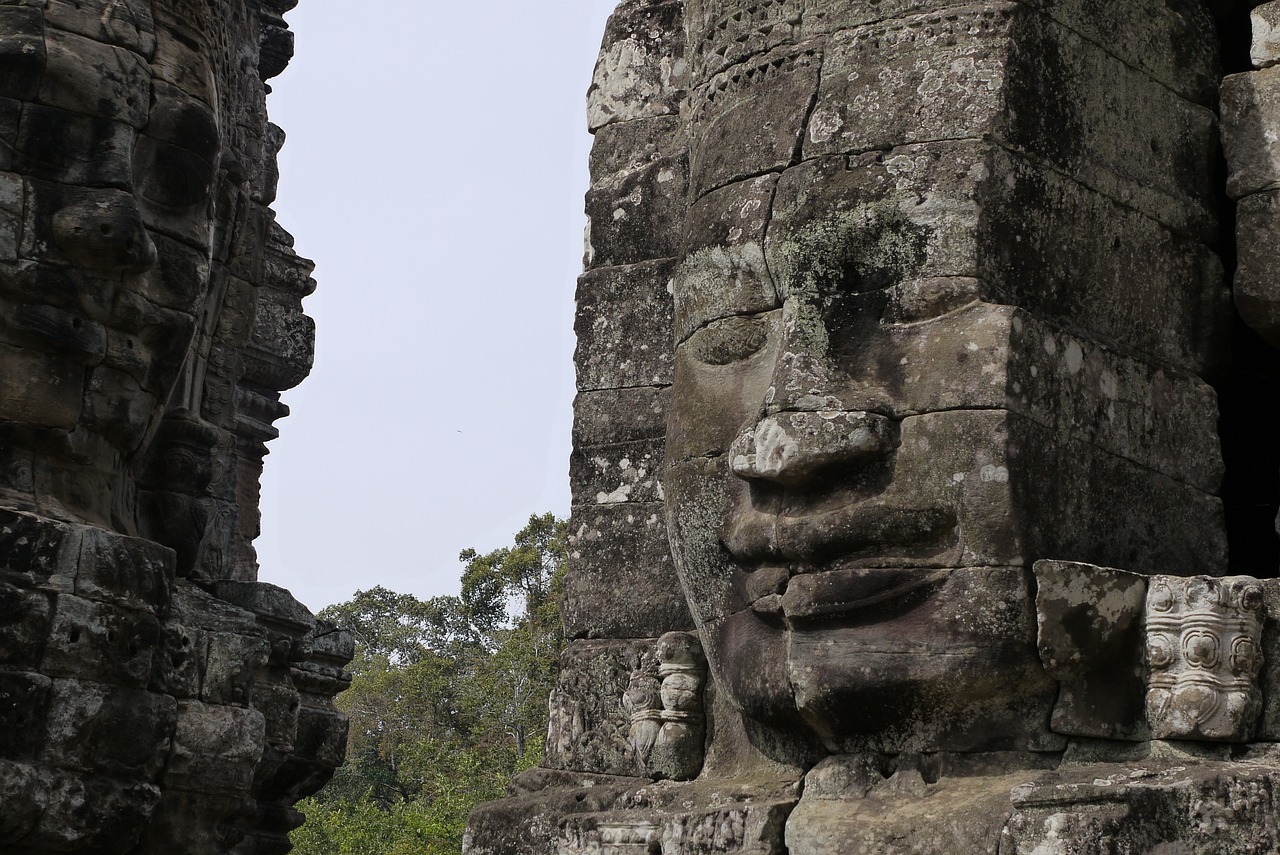
Symbolism and Mythology
Symbolism and mythology intertwine within the intricate carvings and sculptures of Angkor Wat, offering a glimpse into the spiritual beliefs and cultural narratives of the Khmer civilization. The walls of this ancient marvel are adorned with scenes from Hindu epics like the Ramayana and the Mahabharata, showcasing the heroic deeds of gods and mortals alike. Celestial beings such as apsaras and devatas dance across the stone surfaces, embodying grace and beauty in divine forms.
Moreover, the mythological narratives depicted at Angkor Wat delve into the cosmic order and the eternal struggle between good and evil, mirroring the philosophical underpinnings of Hindu and Buddhist traditions. The intricate details of these carvings not only serve as artistic expressions but also as visual repositories of ancient wisdom and spiritual teachings, inviting visitors to ponder the mysteries of existence and the interconnectedness of all beings.
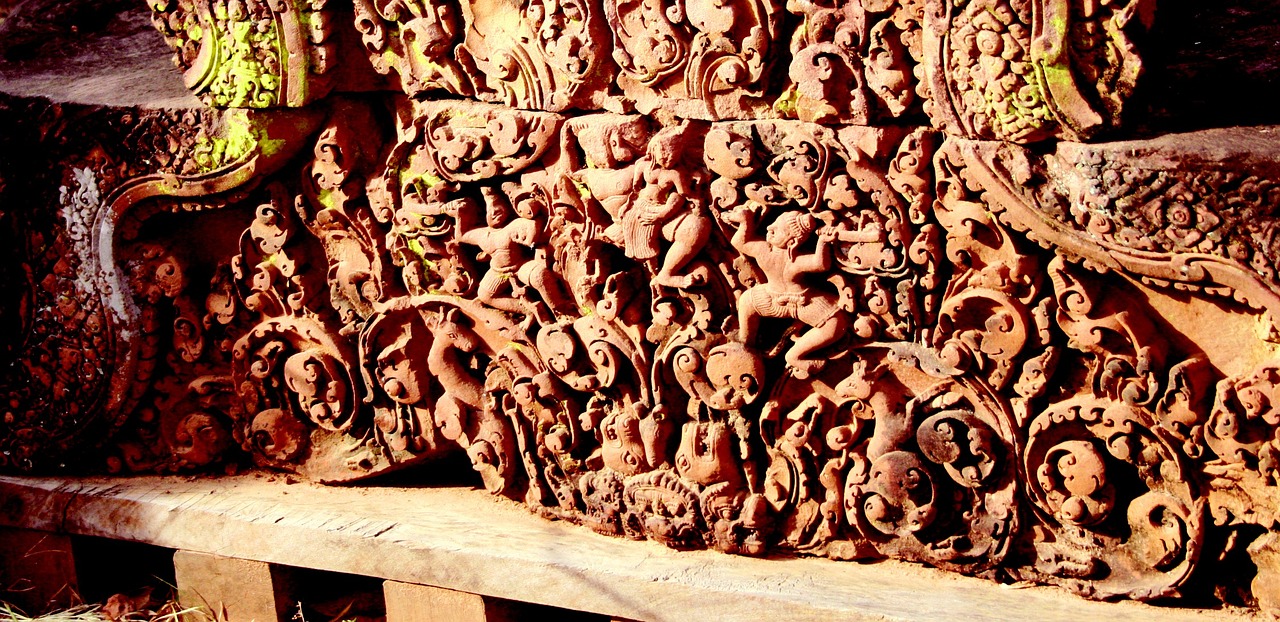
Engineering Feats
When it comes to the engineering marvels of Angkor Wat, one cannot help but marvel at the ingenuity and precision of the ancient Khmer architects and builders. The sheer scale and complexity of this monumental structure are a testament to their advanced knowledge and skills.
The layout of Angkor Wat is not arbitrary; it is meticulously aligned with celestial phenomena, such as the equinoxes and solstices, showcasing the Khmer's deep understanding of astronomy and cosmology. This alignment highlights the spiritual significance of the temple and its connection to the heavens above.
Moreover, the sophisticated water management system employed at Angkor Wat is a testament to the Khmer's engineering prowess. The intricate network of canals, reservoirs, and hydraulic structures allowed for efficient water distribution and irrigation, sustaining the city even during periods of drought.
The use of sandstone blocks in the construction of Angkor Wat is another engineering feat that continues to baffle experts. The precision with which these massive blocks were quarried, transported, and assembled is a testament to the Khmer's mastery of stone-cutting techniques.
Overall, the engineering feats of Angkor Wat not only reflect the technological advancements of the Khmer Empire but also highlight their deep reverence for nature, astronomy, and divine forces that shaped their worldview.
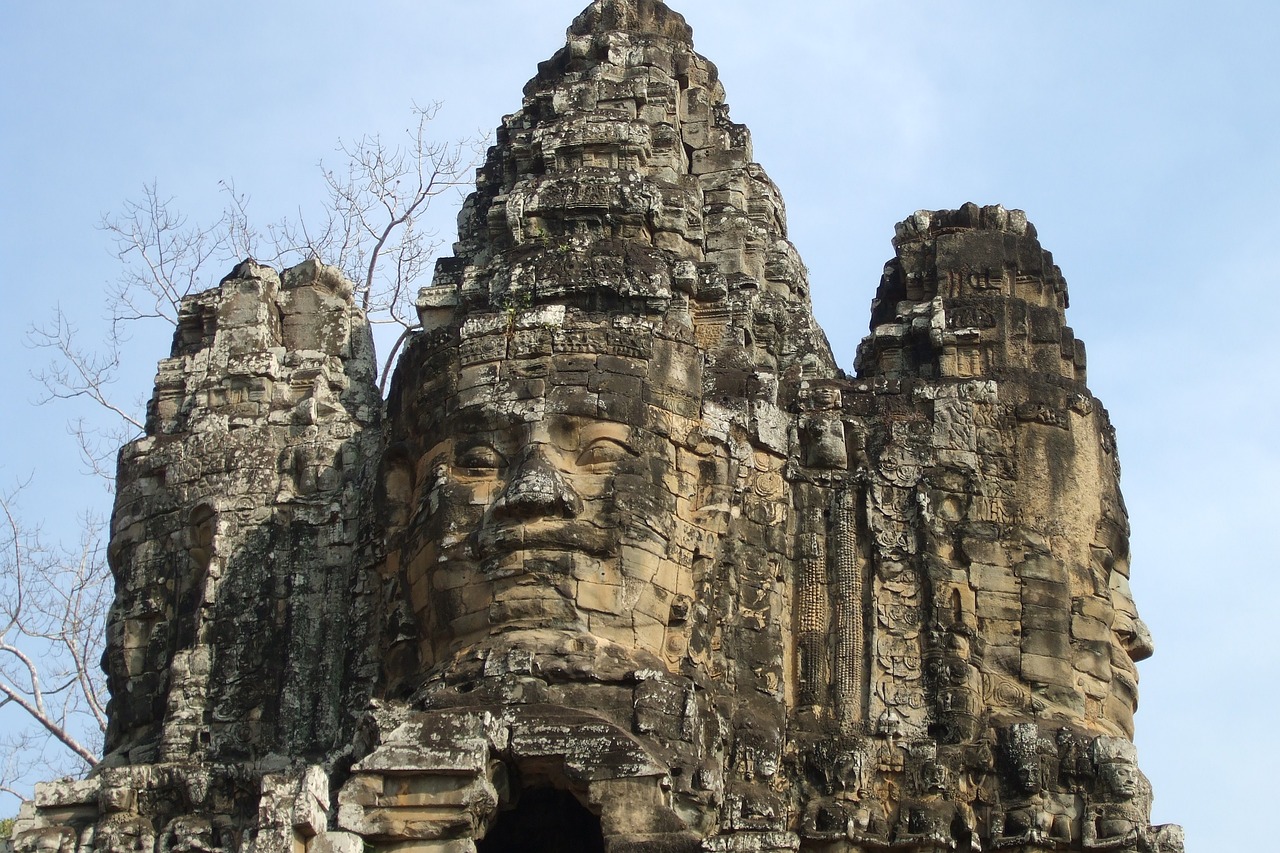
Decline and Abandonment
As we delve into the tumultuous history of Angkor Wat, we uncover the gradual decline and eventual abandonment of this once-thriving city. The grandeur and magnificence that once defined Angkor Wat began to fade as a combination of environmental challenges, political instability, and shifting power dynamics took their toll on the Khmer Empire.
One of the primary factors contributing to the decline of Angkor Wat was the environmental degradation that plagued the region. Deforestation, soil erosion, and changes in climate patterns posed significant challenges to the sustainability of the city. The intricate water management system that had sustained Angkor Wat for centuries began to falter, leading to agricultural difficulties and a decline in the city's population.
Political upheaval also played a crucial role in the downfall of Angkor Wat. Internal power struggles, external invasions, and conflicts with neighboring empires weakened the Khmer Empire and destabilized the region. The once-mighty capital faced constant threats from rival factions, making it increasingly difficult to maintain order and prosperity within its walls.
Furthermore, the shift of the Khmer capital from Angkor to Phnom Penh in the 15th century marked a significant turning point in the history of Angkor Wat. The move symbolized a loss of political and cultural importance for the ancient city, as the Khmer rulers sought to establish a new power center that better suited the changing dynamics of the region.
Despite efforts to revitalize Angkor Wat in subsequent centuries, including sporadic periods of religious revival and attempted restoration projects, the city ultimately succumbed to abandonment. The once-bustling metropolis fell into disrepair, its temples shrouded in mystery and its streets deserted, leaving behind a haunting reminder of a bygone era.
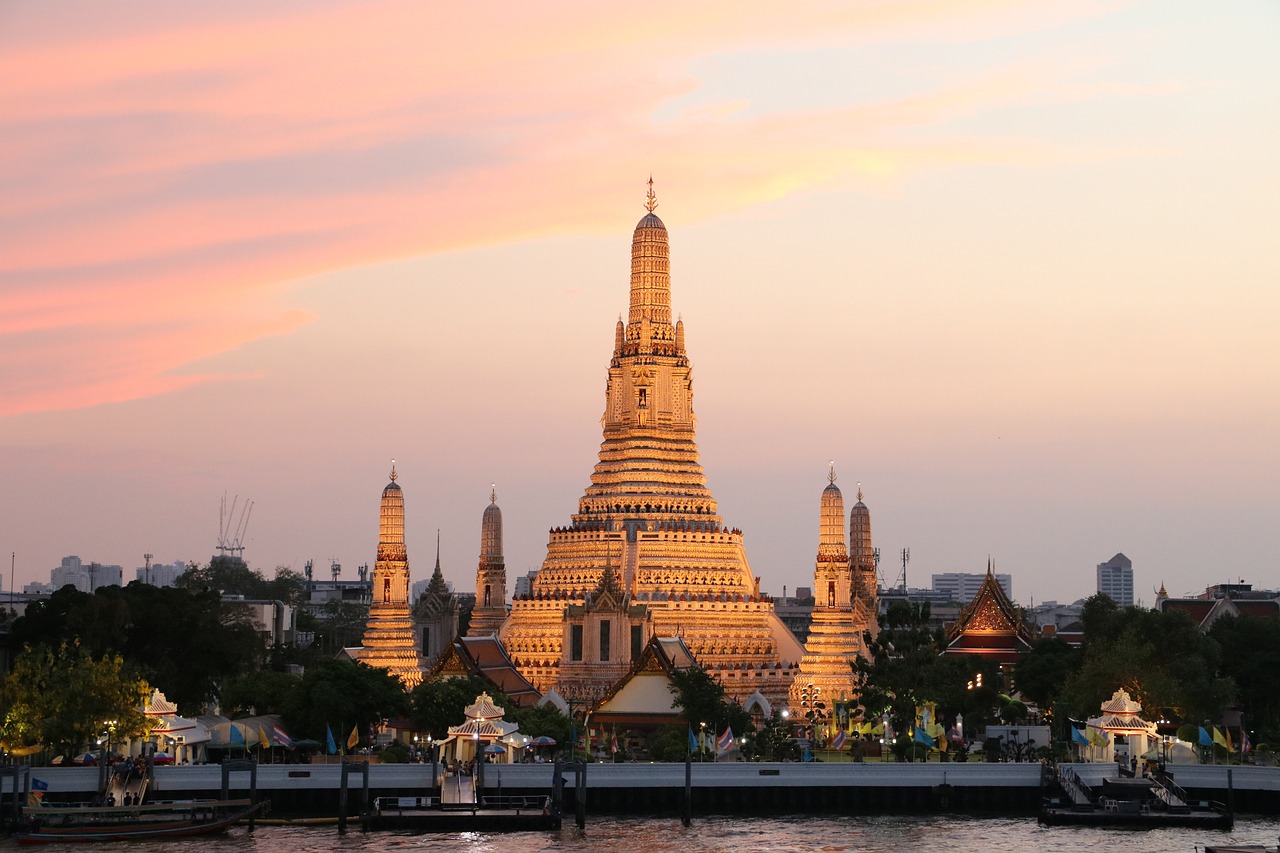
Legacy and Tourism
Reflecting on the enduring legacy of Angkor Wat, it stands as a monumental symbol of Cambodia's rich heritage and cultural identity. The ancient city continues to mesmerize visitors with its grandeur and historical significance, drawing in tourists from around the globe to witness its awe-inspiring architecture and spiritual ambiance.
As one of the most iconic UNESCO World Heritage sites, Angkor Wat plays a pivotal role in Cambodia's tourism industry, attracting millions of visitors each year. The site's popularity has led to concerns about sustainable tourism practices to preserve the site's integrity and protect it from overexploitation and environmental damage.
Despite the challenges posed by mass tourism, efforts are being made to strike a balance between promoting Angkor Wat as a tourist destination and conserving its cultural heritage. Conservation projects aim to safeguard the ancient structures and artworks within the site, ensuring that future generations can continue to marvel at the wonders of Angkor Wat.
Frequently Asked Questions
- What is the significance of Angkor Wat?
Angkor Wat holds immense cultural, religious, and historical significance as a symbol of Cambodia's rich heritage and national identity. It serves as a testament to the architectural and engineering prowess of the Khmer civilization, blending Hindu and Buddhist influences in its design.
- How was Angkor Wat rediscovered?
Angkor Wat was rediscovered in the 19th century by French explorers who stumbled upon the overgrown ruins of the ancient city. The subsequent restoration efforts aimed to preserve this architectural marvel and shed light on the grandeur of the Khmer Empire.
- What led to the decline of Angkor Wat?
The decline of Angkor Wat was influenced by various factors, including environmental challenges, political instability, and the shift of the Khmer capital to Phnom Penh. These elements, combined with the waning power of the Khmer Empire, contributed to the eventual abandonment of the city.
- How is Angkor Wat connected to Hindu and Buddhist mythology?
Angkor Wat's intricate carvings and sculptures depict scenes from Hindu epics and Buddhist narratives, showcasing the spiritual beliefs and mythological traditions of the Khmer civilization. The fusion of these religious influences highlights the cultural diversity and artistic sophistication of the ancient city.
- What modern-day challenges does Angkor Wat face?
Angkor Wat faces challenges in balancing conservation efforts with sustainable tourism to protect its cultural heritage. Managing visitor impact, preserving the site's integrity, and ensuring long-term sustainability are crucial tasks in safeguarding this UNESCO World Heritage site for future generations.









